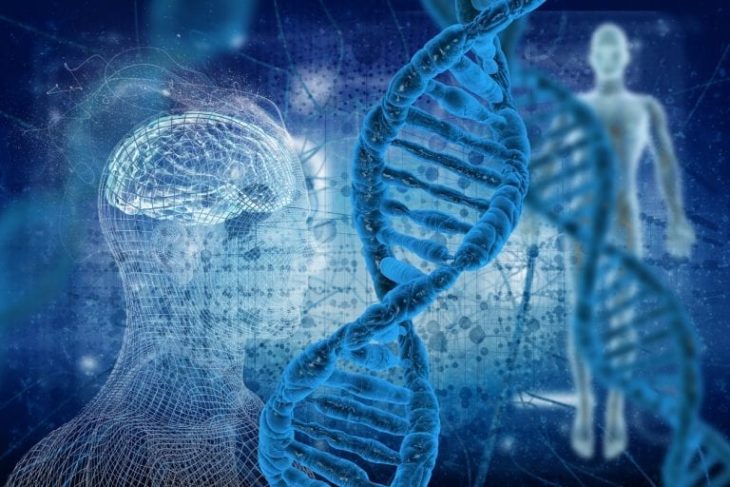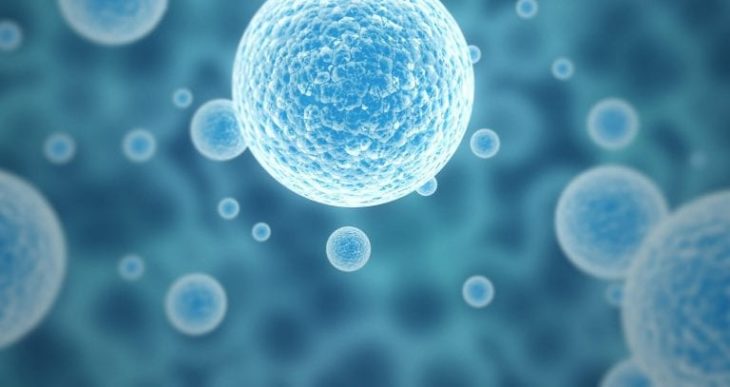With the constant technological advancements in medicine, stem cell research and treatment has had a lot of success in modern day medicine. There are over 20 areas of tissue where stem cell can be applied, but one might ask what stem cell therapy is?
In this article, we are going to tell you everything you need to know about stem cell therapy so stick around and find out.
Contents
There are 4 Major Stem Cell Types
Embryonic Stem Cells are the first of four major stem cell types and they are derived from early-stage embryos, in the pre-implantation stage. These cells must be fertilized in a laboratory setting, and not in the female body. What’s unique about these stem cells is that they are pluripotent, meaning they can become other types of cells.
Adult Stem Cells are tissue-specific cells and are the second major type on our list. They can be found in adults and children as well. Adult Stem Cells can be found in all major organs and tissue in our body. What’s unique about these cells is that they have self-renewable properties, meaning they can regenerate damaged tissue and dying cells. Pacific Stem Cell & PRP are leading the way in regenerative medicine through the use of Adult Stem Cell.
Induced Pluripotent Stem Cells are shortly known as iPSCs, and are the third major type of stem cells. These cells have been found that they can be programmed to act like embryonic cells, meaning they have all the necessary attributes to produce new cells to regenerate damaged tissue and produce new cells for damaged organs.

Img source: koniverwellness.com
Cord Blood Stem Cells are the last major type, and these cells can be harvested from the umbilical cord after childbirth. The cord itself can be frozen and stored for future use, and the cells can replace any cells that are found in our blood. Most notable of these cells are those closely tied to our immune system, meaning they can be extremely useful for treating the life-threatening blood disease, formally known as Leukemia.
Stem Cells Can Treat Anything
Stem Cells can treat anything from menopause to even heart disease because most stem cells can differentiate themselves into multiple groups of adult cells. The constant scientific advancements in this field have shown that you can treat Parkinson’s disease, Leukemia, and even Diabetes though stem cells.
The Controversy Surrounding Stem Cell Therapy and Research
The main controversy surrounding stem cell medicine is mostly moral rather than scientific. This is because most opponents of stem cell therapy believe that embryos should have the same rights as humans. And the advocates of stem cell medicine debates that embryos are not yet fully developed humans. Therefore the harvesting of embryos should not get in the way of stem cell therapy. But to satisfy both parties, the breakthrough of iPSCs has further satisfied supporters and has alleviated the concerns of the opposing party.

Img source: nationalstemcellcenters.com
Stem Cells are Proven to Work
Because more and more trials are being approved for the use of stem cell, the therapy around it has shown proven results of successfully treating diseases and conditions. This is further backed by the constant success in trials surrounding both animal and human subjects. Furthermore, weekly research is being published by various prestigious Universities and biotech companies from around the world on the subject of stem cell therapy, and studies have proven a further success.
